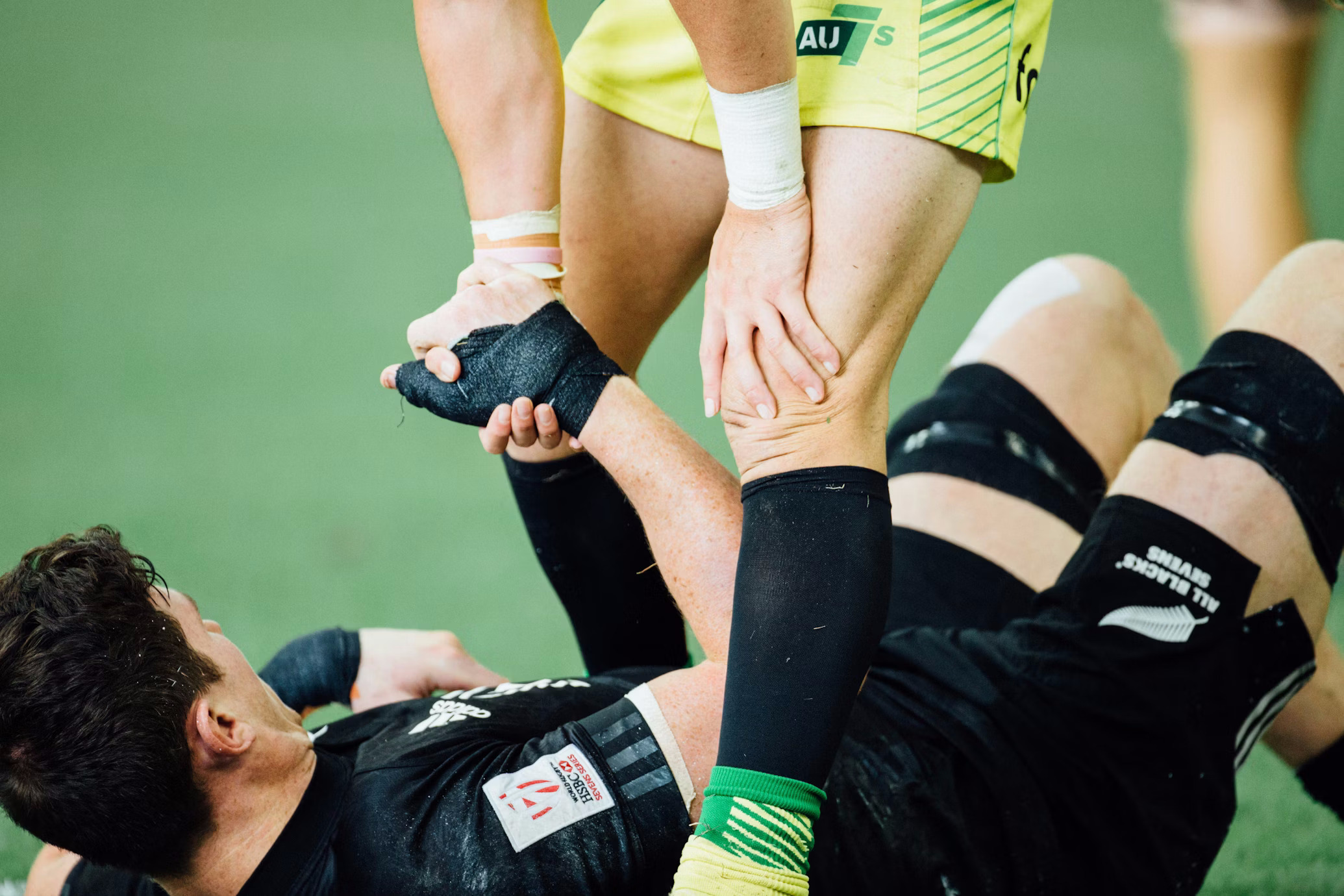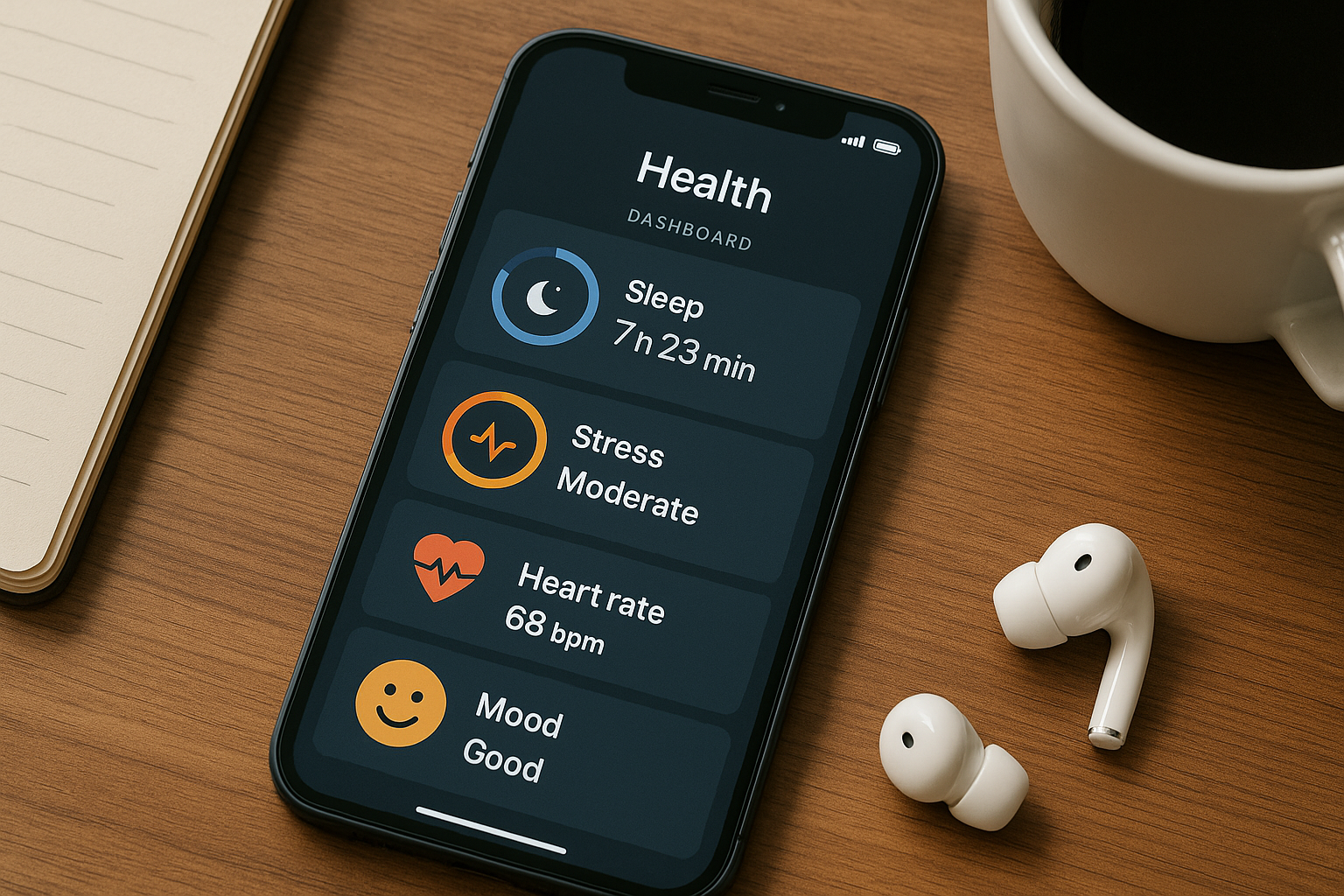Athletes are often seen to be living by the mantra "No pain, no gain". However, pushing through pain may sometimes lead to long-term damage rather than progress.
Injuries are a part of sports, understandable. 2023 alone saw 212,423 soccer injuries, 332,391 basketball injuries, and 482,886 exercise and exercise equipment-related injuries. However, it is very important to understand when to take them seriously and when to not.
Even one misunderstood sign can not be afforded when careers are at stake. This guide can aid you in differentiating between discomfort and pain that must be addressed.
Understanding Different Types of Pain
To begin with, let’s take a look at what kinds of pain may be experienced in sports. Not all pain is equal. Some discomfort is a normal part of training, while other types indicate injury risk.
Muscle Soreness vs. Injury Pain
- Delayed Onset Muscle Soreness (DOMS) is a common post-exercise condition that peaks 24–48 hours after training. It can occur due to microscopic muscle fiber damage and feels like a dull, widespread ache. It usually improves with movement and exercise.
- Injury-related pain, in contrast, tends to be sharp, localized, and persistent, often worsening with movement rather than improving.
Sharp vs. Dull Pain
- Sharp, stabbing pain may indicate ligament sprains, muscle strains, or fractures and definitely should not be ignored.
- Dull, achy pain may suggest muscle fatigue or minor inflammation, which can sometimes be managed with mindful recovery.
Sudden vs. Gradual Pain
- Sudden pain during activity may indicate an acute injury, like muscle tear or joint dislocation, and requires immediate attention.
- Gradual pain that worsens over time is commonly associated with overuse injuries like tendonitis or stress fractures. These also require urgent attention.
Signs You Should Rest
Ignoring the early signs of injury can result in prolonged recovery times or permanent damage. The following signs are clear indicators that resting is a must.
- Pain worsens with movement – If discomfort intensifies as you continue training, stopping is the best course of action.
- Swelling, redness, or bruising – These are signs of tissue damage, internal bleeding, or inflammation.
- Loss of range of motion – Difficulty moving a joint fully or feeling restricted in a muscle suggests structural damage.
- Pain lasting more than 48 hours – While muscle soreness is temporary, injury-related pain persists or worsens over time.
- Pain affecting daily activities – If walking, lifting objects, or even resting becomes difficult, a professional evaluation is necessary.
When It’s Okay to Push Through
Certain types of discomfort are normal in training. If such discomfort is experienced, more often than not, athletes may continue exercising.
- Mild muscle soreness – If pain is widespread across a muscle group (e.g., quads or shoulders) and does not restrict movement, it is likely normal post-exercise soreness.
- Pain decreases after warming up – Some stiffness or discomfort that fades after a warm-up is typically not a sign of injury.
- Fatigue-related discomfort – A burning sensation during a workout is often a result of metabolite buildup, not injury.
- Stiffness that gradually improves – If mobility does increase with movement, the discomfort is likely due to muscle tightness rather than injury.
If you plan on consuming pain medications to be able to push through, then it must be done under guidance. When using meds like opioids, you must be mindful and aware of the side effects it may cause.
From dull pain signals and risk of overexertion to over-dependence and addiction, the effects can be detrimental. What’s worse, medications to treat these side effects can cause further medical issues. An example of how dangerous this downward spiral can get is the Suboxone tooth decay lawsuit.
Suboxone is used to treat opioid addiction, but it can cause more harm than good. The plaintiffs of this suit are seeking compensation, claiming that the drug causes severe tooth decay and other dental issues. In February 2025 alone, 142 new cases were filed against the manufacturers of this drug, making a total of 896.
TruLaw also highlights how damages like medical expenses, pain and suffering, and reduced quality of life take a significant toll on patients.
This suit throws light on how one decision can severely impact your life and career. Therefore, it is urged to be more aware of where your injury and pain stand. If you plan on pushing through, do so cautiously and under expert supervision.
How to Test Your Readiness
If you are uncertain about whether to train or rest, these self-assessments can help determine the best course of action.
- The Pain Scale Method – This scale asks you to rate your pain on a scale of 1 to 10. If the score is anything above 4/10, it often indicates a need for rest.
- The Talk Test – If your pain prevents you from speaking normally while exercising, you must stop working out immediately.
- The Wong-Baker FACES Pain Scale- You have to choose from 6 faces showing different expressions, depicting a scale from “no pain” to “hurts worst”. Anything above 4 is a sign to rest and consult a professional.
As a player, the best sports-related gift you can give yourself is knowing how to read your own body. Recognizing the difference between simple discomfort and pain that needs attention, is critical for long-term performance and health.
Pushing through may make you feel strong at the moment, but remember, knowing when to stop requires more strength.
While minor soreness is often safe, ignoring injury warning signs is never a good idea. Listening to the body, taking breaks, and seeking guidance when necessary will help you sustain your performance and overall well-being.



